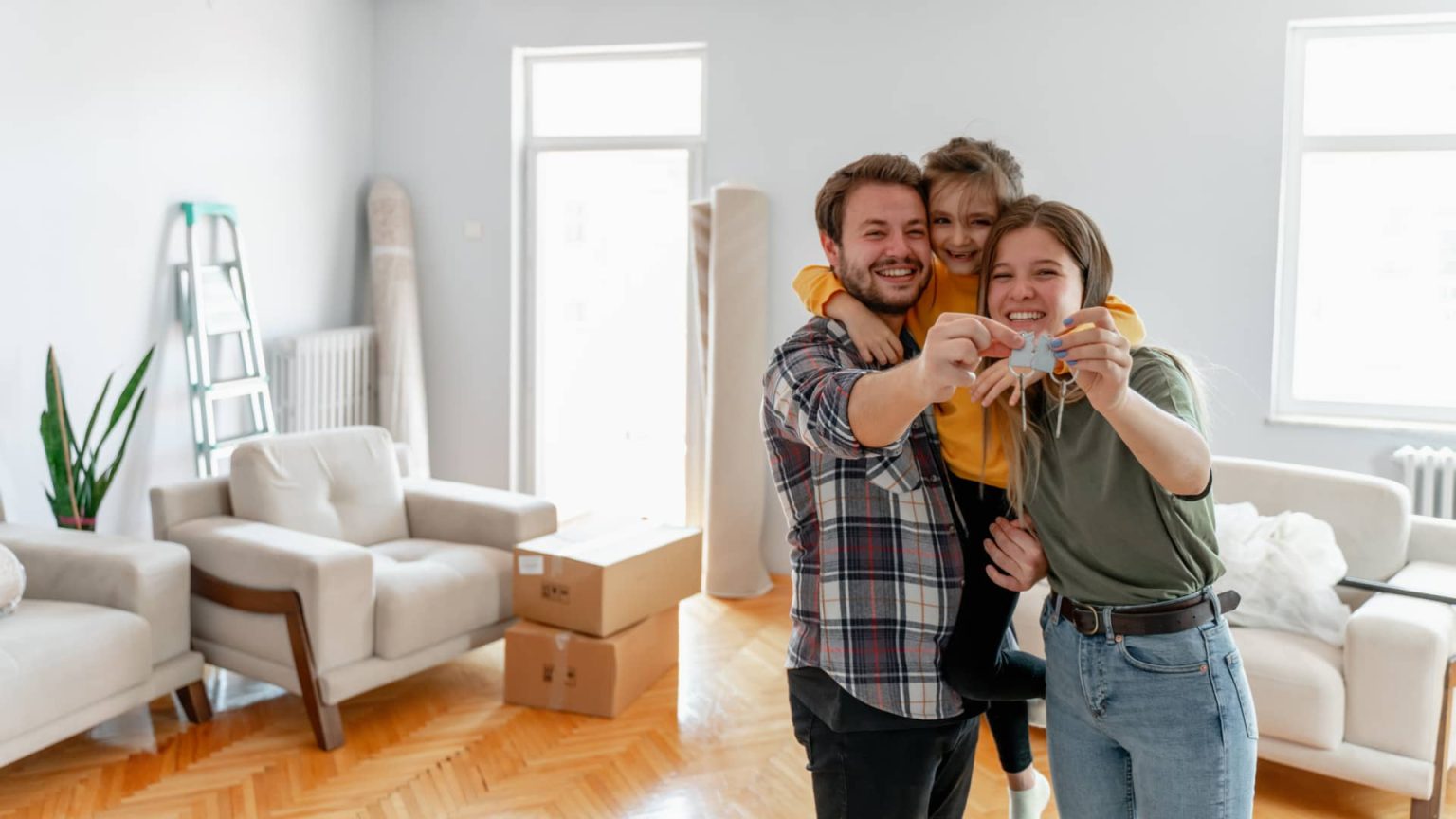Many aspiring homeowners are actively working towards saving for a down payment, with 77% of future homebuyers already setting money aside for this purpose. A survey by Clever.com revealed that more than half of potential buyers, about 57%, plan to put down less than 20% when purchasing a home. Contrary to popular belief, putting down 20% is not a strict requirement for buying a home, according to Danielle Hale, chief economist at Realtor.com. The average down payment in the first quarter of the year was 13.6%, an increase from 10.7% in the same period in 2020. On average, first-time homebuyers put down 8% while repeat buyers put down 19% based on data from the National Association of Realtors.
The high cost of homeownership presents a challenge for many households trying to accumulate a higher down payment to lower their monthly mortgage payments. A lack of affordability in the housing market is evident in the struggle to save for a down payment, as highlighted by Danielle Hale. A significant proportion, close to 40%, of Americans who do not own a home attribute their lack of savings for a down payment as a major barrier to homeownership. Rising home prices compound the difficulty of reaching the 20% down payment goal, further stressing the need for other options that do not require such a large initial amount.
While the 20% down payment goal remains a daunting target for many homebuyers, experts emphasize that it is not a strict requirement for purchasing a home. Nationally, the average down payment is closer to 10% or 15%, varying by state. There are various loans and programs available to assist interested buyers in purchasing homes with lower down payments. For example, VA loan programs allow qualifying individuals to put down as little as 0%, while USDA loans offer 0% down payment options for homes in rural areas. FHA loans, requiring as little as 3.5% down, target first-time buyers, low- and moderate-income buyers, and minority groups to help close homeownership gaps among these populations.
It is important to consider the added costs associated with smaller down payments, such as private mortgage insurance (PMI) and potential higher interest rates. With a lower down payment, borrowers may need to borrow more from their lender, increasing the monthly cost of the mortgage. PMI costs, typically ranging from 0.5% to 1.5% of the loan amount per year, can add significant expenses to homeownership. Opting for a piggyback mortgage or a second loan to reach the 20% threshold can help avoid PMI, but it usually comes with a higher mortgage rate. Despite these challenges, there are options available to buyers with conventional loans requiring down payments between 3% and 5% based on credit score and other factors.
Navigating the complexities of saving for a down payment while also considering associated costs requires careful planning by potential homebuyers. With the majority of buyers opting to purchase homes with less than 20% down payment, it is evident that there are alternative pathways to homeownership. While affordability challenges remain prevalent in the housing market, the availability of loans and programs offering lower down payment options provides hope for those struggling to meet the traditional 20% target. By exploring various options and understanding the potential pitfalls of smaller down payments, aspiring homeowners can make informed decisions that align with their financial capabilities.













